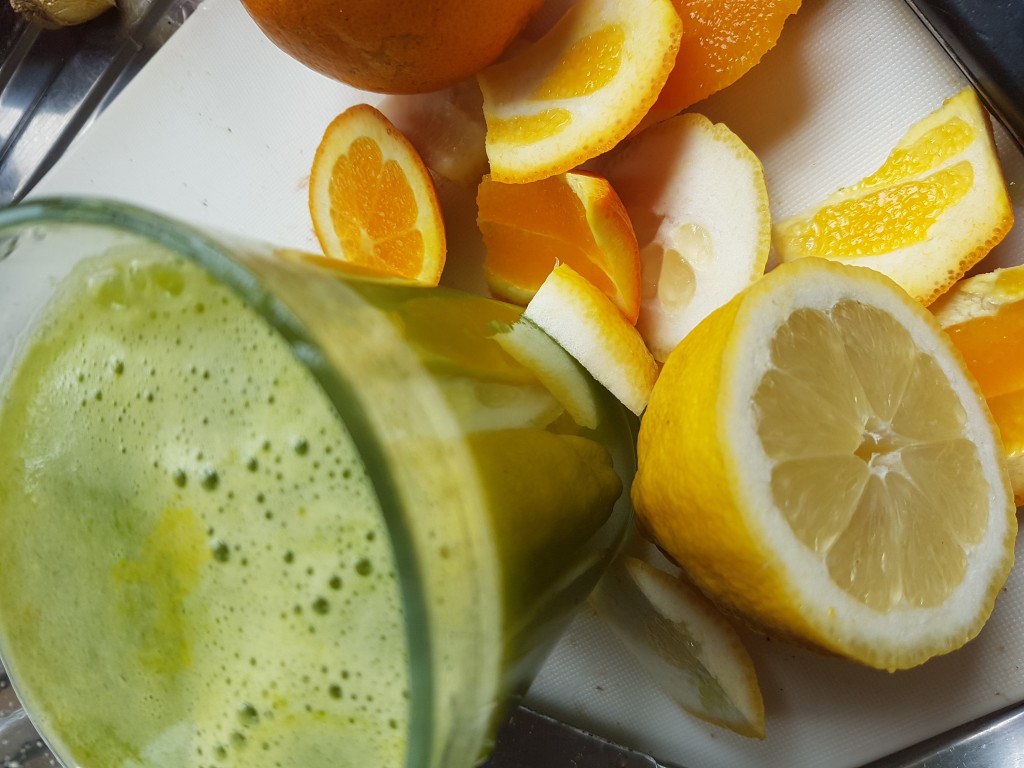I was told recently that there is no natural way of helping someone with heart disease, the clogging of arteries is serious, but despite what people may tell you it is in many respects reversible by focusing on reducing your stress, removing factors such as sugar and transfats and having a natural diet.
What foods should you be adding to your kitchen for aiding the reversal of heart disease?
Well, garlic is a great place to start and is a very inexpensive addition to any kitchen. The research on garlic is extensive, aiding the reduction of blood pressure, cholesterol and it can help reduce the build-up of plaque in the arteries.
- It decreases LDL cholesterol and increases HDL cholesterol
- reduces serum triglycerides
- lowers arterial blood pressure
- reduces plaque volume
Garlic is a member of the lily family, and in Central Asia, garlic is one of the oldest cultivated plants, with Sanskrit records documenting its use in remedies 5000 years ago.
A truly remarkable plant to add to your diet regularly. Chinese medicine has been using it for 3000 years, and an Egyptian medical papyrus which is from 1550 BC called the Ebers Codex even details it as a remedy.
Hippocrates is cited as using it for a number of ailments, and it’s used for coughs, diarrhoea, dysentery, earache, hypertension, and even hysteria. It’s viral and infection-fighting abilities are well documented, and this is due to its antimicrobial activity from allicin which helps with things such as candida overgrowth, stomach viruses, and even tuberculosis. Studies even show that it has the ability to protect the colon from cancer.
If you are wondering where to get your vitamins from well it includes vitamin B6, and C, and is a great source of minerals, including selenium, magnesium, and manganese.
Turmeric which I’ve recently written about is cardioprotective, shown in research to prevent damage to the arteries, and is a great antioxidant, so, therefore, is another easy addition for your kitchen spice rack. A member of the ginger family and it’s the root that is the part that is utilised. Traditionally it’s referred to Indian saffron due to its yellowy orange colour and it’s been cultivated and harvested since 3000BC. Still used in the Hindu Religion and did you know it’s still used in dying of holy robes so be careful when you use it because it stains everything!
Sesame seeds are not something we tend to think about for aiding our heart health, but in research, they have been found to. Do you remember the quote Open Sesame? Well, that actually harkens back to the seed pods that burst open when they are ripe! They have to be harvested by hand due to the high oil content which has a tendency to go rancid, and the Assyrians claim to hold the earliest records about the gods drinking sesame wine. Part of Hindu traditions the sesame seed is thought to represent immortality, the Babylonians used the oil for perfume making as well as medicinally.
Containing B1, B2, and minerals such as copper, magnesium, zinc, and calcium, the protein profile rivals most vegetarian sources. The lignans have a great antioxidant capability and inhibit manufacture of cholesterol as well as reducing cholesterol absorption in the diet. It is helpful for removing worms, and can for some relieve constipation. I love sesame seed milk, I blend the seeds with some water and then strain the seeds out afterward, you can add them to your breakfast or the oil to dressings for salads.
Be creative with your food, it isn’t just about adding one thing, it’s never a panacea, diet is about variety and breadth of the foods you eat which will, in the end, make the difference.
References
https://www.ncbi.nlm.nih.gov/pubmed/10483684
https://www.ncbi.nlm.nih.gov/pubmed/25444713
https://www.ncbi.nlm.nih.gov/pubmed/17201634
